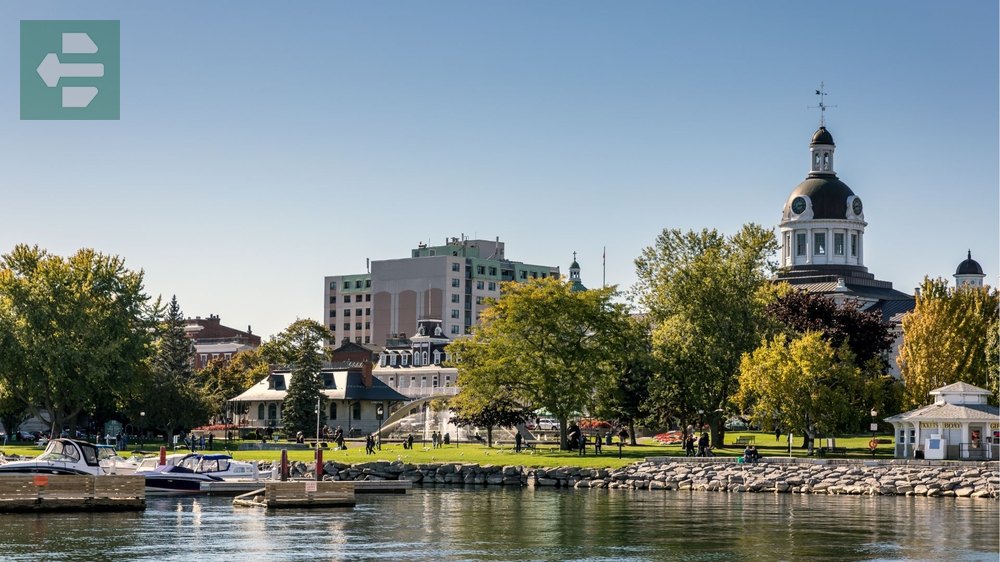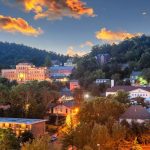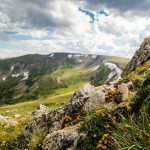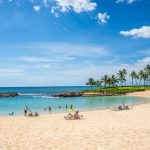Ontario stretches from thundering Niagara Falls to the rugged shores of Thunder Bay, offering everything from cosmopolitan Toronto to the wilderness of Algonquin Park. Muskoka's cottage country, Ottawa's capital charm, and Bruce Peninsula's turquoise waters round out the province's diverse attractions.
Keep reading as we explore the best places to visit in Ontario that will transform your Canadian adventure into an unforgettable journey.
List of Contents
- 1. Niagara Falls: Nature's Most Powerful Stage
- 2. Toronto: Canada's Vertical Village
- 3. Ottawa: Where History Lives Downtown
- 4. Bruce Peninsula National Park: Ontario's Caribbean
- 5. Algonquin Park: Seven Thousand Square Kilometers of Silence
- 6. Muskoka: Cottage Country's Crown Jewel
- 7. Kingston: Where Lake Meets River
- 8. London: Ontario's Forest City
- 9. Windsor: Canada's Southernmost Soul
- 10. Thunder Bay: Where Superior Begins
- 11. Sudbury: From Moon to Earth
- 12. Tobermory: Portal to the Islands
- Your Ontario Adventure Awaits
1. Niagara Falls: Nature's Most Powerful Stage
Three waterfalls converge here, dropping 3.2 million liters of water every minute into the gorge below. The sound reaches you first—a deep rumble that vibrates through your chest before the mist touches your face.
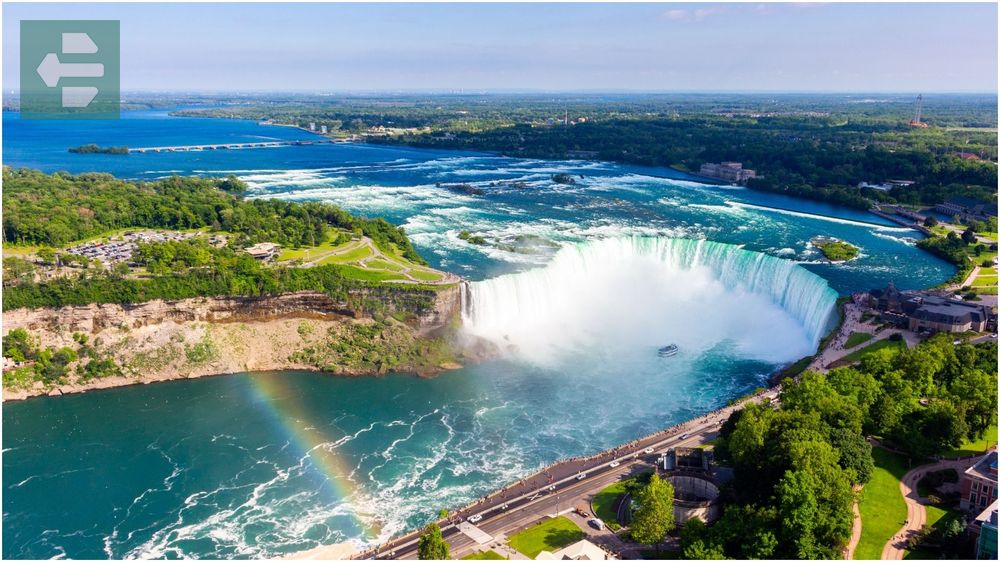
I remember standing on the observation deck at sunrise, watching the falls catch the first light of day. The rainbow that formed in the mist felt like nature's private performance, meant just for the few early risers brave enough to witness it.
The Maid of the Mist boat tour gets you close enough to feel the falls' raw power. Wear the provided poncho—you'll need it.
Quick Facts:
- Peak Season: June to August
- How to Get There: 90 minutes from Toronto by car, direct flights to Buffalo-Niagara
- Entrance Fees: From free (viewing areas) to $25 USD (boat tours)
- Suggested Stay: 2-3 days
- Key Spots: American Falls, Horseshoe Falls, Bridal Veil Falls, Journey Behind the Falls
2. Toronto: Canada's Vertical Village
Toronto rises from Lake Ontario like a forest of glass and steel, but its heart beats in neighborhoods where 140 languages mix on busy sidewalks. The CN Tower anchors the skyline, though locals rarely visit it—they're too busy discovering hidden gems in Kensington Market or catching shows in the Entertainment District.
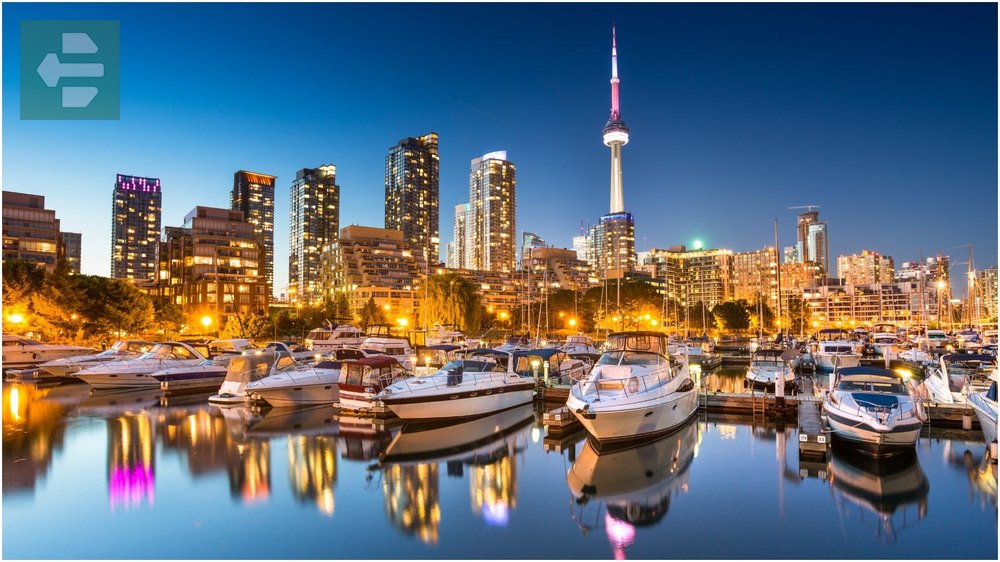
Take the streetcar instead of rideshares. Routes 506 and 511 cut through the city's most interesting neighborhoods, and locals always have the best restaurant recommendations.
The PATH underground walkway connects 30 kilometers of the downtown core, perfect for harsh winter days.
Quick Facts:
- Peak Season: May to September
- How to Get There: Pearson International Airport, Union Station rail hub
- Entrance Fees: From free (harbourfront) to $40 (CN Tower)
- Suggested Stay: 4-5 days
- Key Spots: CN Tower, Distillery District, Toronto Islands, ROM, Casa Loma
3. Ottawa: Where History Lives Downtown
Canada's capital surprises visitors with its human scale. Parliament Hill dominates the Ottawa River, but you can walk from the ByWard Market to the National Gallery in fifteen minutes, passing street musicians and food trucks along the way.
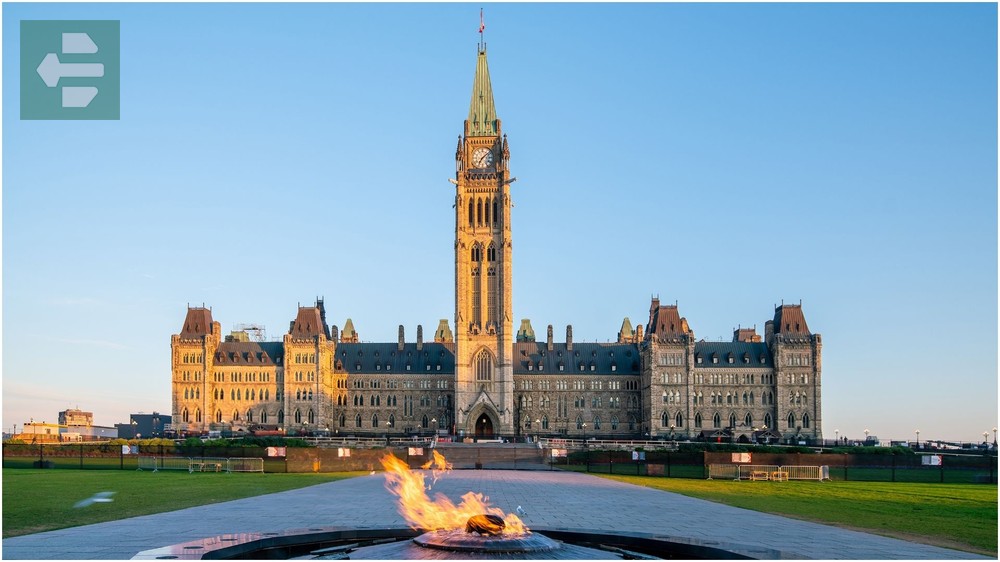
Winter transforms Ottawa into a different city entirely. The Rideau Canal becomes the world's longest skating rink, stretching 7.8 kilometers through the heart of downtown.
Visit a sugar shack during maple syrup season in early spring. Locals will direct you to family-run operations just outside the city where you can watch sap become liquid gold.
Quick Facts:
- Peak Season: May to September, February (Winterlude)
- How to Get There: 4.5 hours from Toronto by car, Ottawa Macdonald-Cartier Airport
- Entrance Fees: From free (Parliament tours) to $25 (museums)
- Suggested Stay: 3-4 days
- Key Spots: Parliament Hill, ByWard Market, National Gallery, Rideau Canal, Canadian Museum of History
4. Bruce Peninsula National Park: Ontario's Caribbean
The Bruce Peninsula juts into Lake Huron like Ontario's thumb, creating waters so clear and blue they rival tropical destinations. Ancient cedar trees cling to limestone cliffs while waves carve caves and arches below.

The Bruce Trail runs along the cliff edge, offering views that change with each season. In fall, the forest explodes in crimson and gold. Spring brings wildflowers that carpet the forest floor.
Arrive early at popular spots like the Grotto. Parking fills quickly, and the hike to the turquoise pools requires sure footing on rocky terrain.
Quick Facts:
- Peak Season: June to September
- How to Get There: 3.5 hours from Toronto, seasonal ferry from Tobermory
- Entrance Fees: From $11.70 daily parking
- Suggested Stay: 2-3 days
- Key Spots: The Grotto, Cyprus Lake, Flowerpot Island, Bruce Trail
5. Algonquin Park: Seven Thousand Square Kilometers of Silence
Algonquin sprawls across an area larger than Prince Edward Island, home to 2,400 lakes connected by ancient canoe routes. The park's interior remains accessible only by paddle and portage, preserving a wilderness that has remained unchanged for centuries.
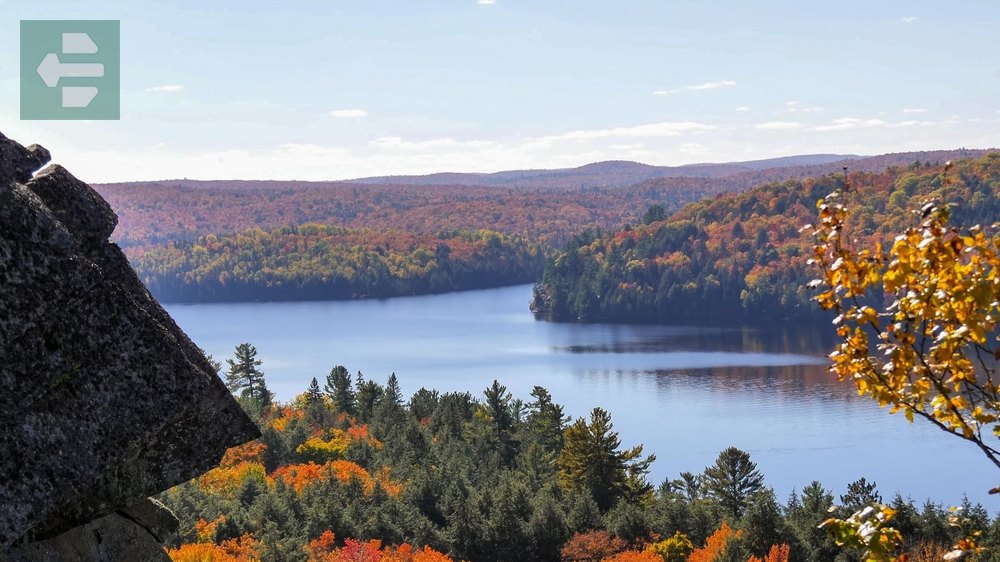
Wolves still howl here on August evenings, their calls echoing across misty lakes. Moose wade through shallow bays at dawn, and loons provide the soundtrack to every sunset.
Book campsites early—especially interior sites accessed by canoe. The portages between lakes range from 50 meters to several kilometers, so pack light and waterproof everything.
Quick Facts:
- Peak Season: July to September, October (fall colors)
- How to Get There: 3 hours from Toronto via Highway 60
- Entrance Fees: From $17 daily vehicle permit
- Suggested Stay: 3-7 days
- Key Spots: Canoe Lake, Lake of Two Rivers, Lookout Trail, Wolf Howl program
6. Muskoka: Cottage Country's Crown Jewel
Muskoka's lakes reflect pine-covered hills and wooden docks where families have gathered for generations. This is Ontario's cottage country, where summer means lazy afternoons on lake waters and evenings around crackling fires.

Lake Rosseau, Lake Muskoka, and Lake Joseph form the region's heart. Each lake has its own character—Rosseau for its grand resorts, Muskoka for its historic steamship, Joseph for its quiet bays.
Rent a pontoon boat to explore the lakes properly. Marina staff will mark the best swimming spots and hidden coves on your map, plus the locations of the famous “Millionaire's Row” mansions.
Quick Facts:
- Peak Season: June to August, September (fall colors)
- How to Get There: 2 hours from Toronto, seasonal seaplane service
- Entrance Fees: Free (public beaches), resort and activity fees vary
- Suggested Stay: 3-5 days
- Key Spots: Gravenhurst, Huntsville, Port Carling, Deerhurst Resort, Steamship cruises
7. Kingston: Where Lake Meets River
Kingston guards the entrance to the St. Lawrence River, its limestone buildings telling stories of British colonial power and Canadian independence. Fort Henry overlooks the harbor where thousand-foot freighters still navigate the same waters as 18th-century warships.
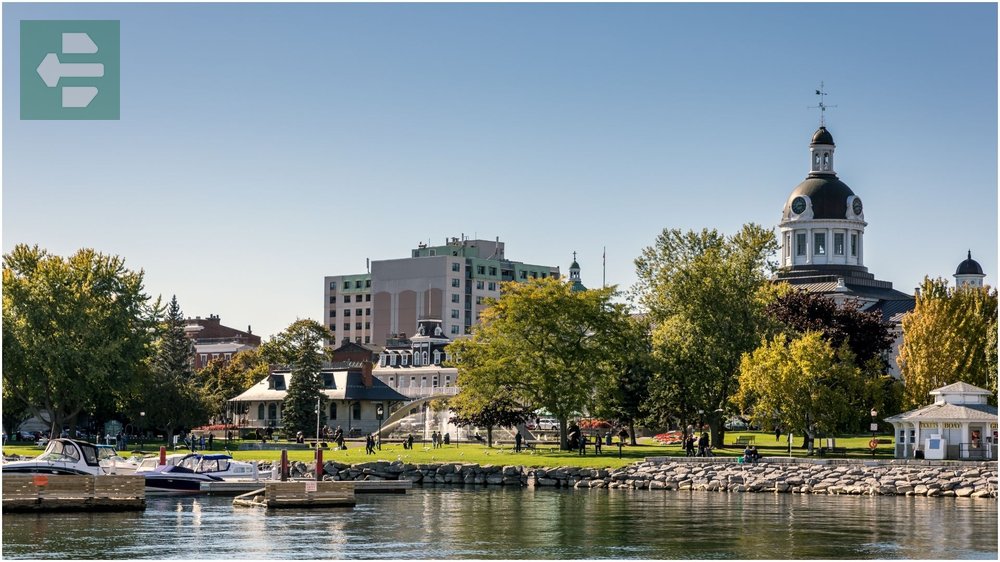
The downtown core stretches along the waterfront, lined with pubs that have served sailors and students for decades. Queen's University brings energy to the historic streets, creating an intriguing mix of academic life and maritime heritage.
Take the ferry to Wolfe Island for the best views of Kingston's skyline. The 20-minute crossing costs almost nothing and reveals the city from its most photogenic angle.
Quick Facts:
- Peak Season: May to October
- How to Get There: 2.5 hours from Toronto, VIA Rail service
- Entrance Fees: From free (waterfront) to $16 (Fort Henry)
- Suggested Stay: 2-3 days
- Key Spots: Fort Henry, Kingston Penitentiary Museum, Thousand Islands, Queen's University, Market Square
8. London: Ontario's Forest City
London earned its nickname through deliberate planning—tree-lined streets create green corridors that connect parks throughout the city. The Thames River winds through downtown, its banks perfect for morning runs or evening walks.
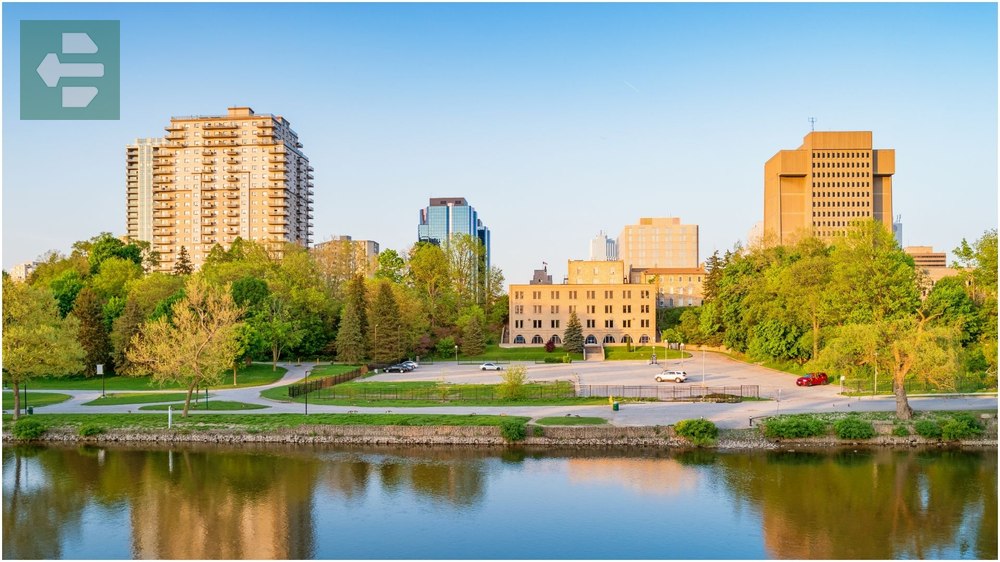
Western University's campus brings academic energy to the city, while Covent Garden Market anchors a downtown core that balances urban sophistication with small-city charm.
Visit during the fall when London's extensive tree canopy creates a natural light show. The best views are from Springbank Park, where the Thames curves through mature maples and oaks.
Quick Facts:
- Peak Season: May to October
- How to Get There: 2 hours from Toronto, London Airport for regional flights
- Entrance Fees: Free (most attractions)
- Suggested Stay: 1-2 days
- Key Spots: Covent Garden Market, Springbank Park, Western University, Museum London, Fanshawe Conservation Area
9. Windsor: Canada's Southernmost Soul
Windsor sits farther south than parts of California, creating a unique microclimate that supports plants and wildlife found nowhere else in Canada. The Detroit River separates Windsor from its larger American neighbor, but the cities share more than geography—they share jazz heritage, automotive history, and riverfront renaissance.
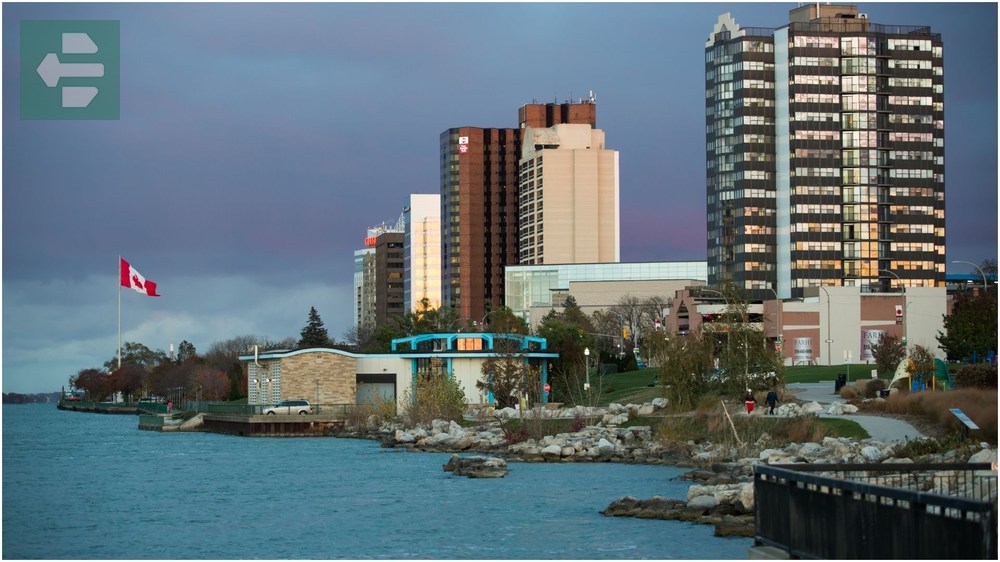
Point Pelee National Park extends into Lake Erie like a natural pier. During spring and fall migrations, thousands of birds funnel through this southernmost point of mainland Canada.
Cross the Ambassador Bridge for the best skyline photos of both cities. The view from the Canadian side captures Windsor's compact downtown against Detroit's towering profile.
Quick Facts:
- Peak Season: April to October
- How to Get There: 4 hours from Toronto, Windsor Airport
- Entrance Fees: From free (riverfront) to $7.80 (Point Pelee)
- Suggested Stay: 2-3 days
- Key Spots: Point Pelee National Park, Caesars Windsor, Walkerville, Ambassador Bridge, Ojibway Nature Centre
10. Thunder Bay: Where Superior Begins
Thunder Bay crouches at the western tip of Lake Superior, where the Great Lakes system meets the vast Canadian Shield. The Sleeping Giant peninsula stretches across Thunder Bay like a stone colossus, its profile unchanged since Indigenous peoples first named this sacred place.

Superior's waters stay cold year-round, creating dramatic weather patterns and some of the most powerful storms in the Great Lakes. On calm days, the lake stretches to the horizon like an inland sea.
The grain elevators along the waterfront still load ships bound for the St. Lawrence Seaway. Watch the process from Marina Park—each ship carries enough grain to feed a small city.
Quick Facts:
- Peak Season: June to September
- How to Get There: 7 hours from Toronto, Thunder Bay Airport
- Entrance Fees: From free (waterfront parks) to provincial park fees
- Suggested Stay: 2-3 days
- Key Spots: Sleeping Giant Provincial Park, Fort William Historical Park, Thunder Bay Lookout, Marina Park, Kakabeka Falls
11. Sudbury: From Moon to Earth
Sudbury's landscape looks otherworldly because it once was—NASA trained Apollo astronauts here in the 1960s, using the mining-scarred terrain to simulate lunar conditions. Today, the city has transformed into an unlikely success story of environmental recovery and scientific achievement.

Science North rises from the shore of Ramsey Lake like a giant snowflake, its unique architecture housing interactive exhibits that make complex concepts accessible to curious minds of all ages.
The Creighton Mine offers underground tours that descend 400 meters below the surface. Hard hat required—this isn't a theme park, but an active mining operation that reveals the industry that built Northern Ontario.
Quick Facts:
- Peak Season: May to September
- How to Get There: 4 hours from Toronto, Sudbury Airport
- Entrance Fees: From free (lakes) to $25 (Science North)
- Suggested Stay: 2-3 days
- Key Spots: Science North, Dynamic Earth, Creighton Mine, Ramsey Lake, Bell Park
12. Tobermory: Portal to the Islands
Tobermory perches at the tip of the Bruce Peninsula like a small town with big responsibilities—it's the gateway to Fathom Five National Marine Park and the ferry terminal for Manitoulin Island. Despite its remote location, or perhaps because of it, Tobermory draws visitors who seek experiences that can't be found in cities.

The harbor fills with pleasure boats and dive charter vessels exploring shipwrecks in the crystal-clear waters of Georgian Bay. Twenty-two wrecks lie preserved in the cold, fresh water, creating underwater museums that tell stories of Great Lakes maritime history.
Book accommodations early—Tobermory has more visitors than hotel rooms during peak season. Many locals rent rooms in their homes, offering insights into small-town Georgian Bay life.
Quick Facts:
- Peak Season: June to September
- How to Get There: 4 hours from Toronto, seasonal ferry connections
- Entrance Fees: From $11.70 (national park) plus ferry fees
- Suggested Stay: 2-4 days
- Key Spots: Fathom Five National Marine Park, Flowerpot Island, Chi-Cheemaun ferry, Singing Sands Beach, Little Cove
Your Ontario Adventure Awaits
Ontario's best places stretch from thundering waterfalls to silent northern lakes, from bustling city streets to wilderness trails where your footsteps might be the first in days. Each destination offers something different—the urban energy of Toronto, the wild beauty of Algonquin, the historic charm of Kingston.
The province rewards those who venture beyond the obvious. That hidden beach in Tobermory. The perfect sunrise spot in Muskoka. The local restaurant in London that doesn't appear in guidebooks.
Your Ontario story starts with the first step out your door. The only question is which direction you'll choose first.
